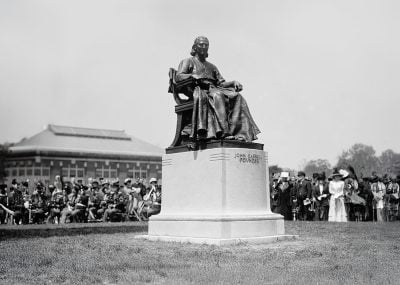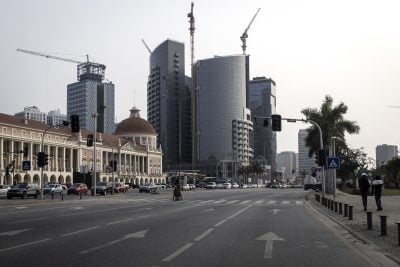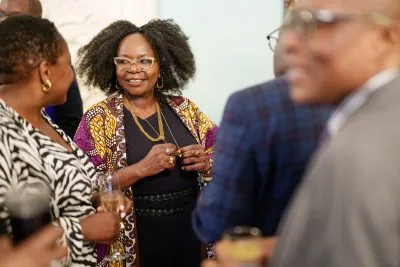South Africa (7th). South Africa has the largest GDP in Africa, the most established retail market (accounting for 14.34% of GDP in 2012), and the most consumer spending in Africa. Retail sales growth has increased in recent years, by an average of 3% between 2005 and 2012, thanks to stable macroeconomic conditions, low inflation, and low interest rates.
Sixty per cent of South Africa’s population now lives in cities, which has fuelled a growing middle class. South Africa has 11 official languages, with English the common language used in public life and businesses.
Modern retail accounts for more than 60% of sales, led by local chain Shoprite. Supermarkets dominate the market thanks to substantial investment; hypermarkets have spread a little more slowly but cater to more affluent classes.
Price and brand are important purchasing decisions for South African consumers. Many have embraced private labels, which had previously been perceived by many as low-quality.As private-label products are positioned for budget, mid-priced, and premium markets, they are gaining appeal to consumers of all income levels. Pick n Pay, Woolworths and Shoprite remain leaders in terms of private-label investment.
E-commerce is picking up as internet usage increases, with consumers primarily buying cosmetics, toiletries, toys, and games.
Botswana (8th). This landlocked, English-speaking country packs a punch, as it has one of Africa’s highest GDP per capita rates. Retail is a major economic activity in Botswana, as it is the country’s second-largest job provider and accounts for 29% of GDP.
Botswana also presents one of the relatively easiest countries for entry, with good land availability, efficient regulations, suppliers, and distributors, and relatively easy import rules.
In Gaborone, the capital and largest city, most formal retail development has been from regional players, primarily based in neighbouring South Africa. Local chain Choppies and Netherlands-based retailer SPAR lead the grocery market. Woolworths and Shoprite both have plans to expand operations across the country, and Wal-Mart (through its purchase of Massmart) also has a presence in cash-and-carry, home improvement, and supermarkets.
Shopping malls are also spreading, including the Rail Park Mall, which opened in 2011, and the Airport Junction shopping centre, which opened in 2012 with 50,000 square metres of retail space. Tenants at Airport Junction include KFC and Samsung, which opened its second Botswana brand store, following the opening of a Ghana store, part of a broader African expansion plan.
Mozambique (9th). Natural resources are driving solid economic growth in Mozambique, and formal retailers are moving in. The leaders are South African chains such as Shoprite, Pick n Pay, Woolworths, and Game, which maintain the same look and feel as their South African stores and, as in South Africa, are located in shopping centres or close to informal markets.
Local formal retail leaders include Hyper.With so many international expats in Maputo, the capital, formal retailers offer many imported international products as well as many fresh foods and meats. The South African chains are popular among Mozambicans, and they compete against each other visibly, with promotions and specials prominently placed in stores.
The high level of activity in most stores reflects a growing shopping culture. Promotions, special offers, and store attractions are drawing in new customers, particularly from the middle class. On average, Mozambicans visit formal retail stores once a month for bulk purchases of some basic packaged goods, which can be cheaper than traditional formats.
Because of their close proximity, South African retailers are able to use centralised distribution centres that lead to well-stocked shelves and controlled inventories. Overall, however, Mozambique’s poor infrastructure hampers supply chain efficiency, particularly when transporting goods from ports and reaching consumers outside of Maputo.
Therefore, there is a distinct opportunity for retailers who can serve these consumer markets. Portuguese is the official language, a remnant of Mozambique’s colonial past, but more than a dozen other languages are also spoken.
Looking ahead
By 2020, nearly half of all Africans will be living in cities, and, as disposable incomes rise, consumer spending will grow to almost $1 trillion. As Africa continues to grow, continued retail growth is inevitable.
While many African markets are starting from low bases, making an immediate impact in these countries could lead to long-lasting brand loyalty and a growing advantage in coming years.
Even with the challenges of entering and succeeding in Africa, the opportunity – particularly in the top 10 markets in the ARDI – is impossible to ignore.
Want to continue reading? Subscribe today.
You've read all your free articles for this month! Subscribe now to enjoy full access to our content.
Digital Monthly
£8.00 / month
Receive full unlimited access to our articles, opinions, podcasts and more.
Digital Yearly
£70.00 / year
Our best value offer - save £26 and gain access to all of our digital content for an entire year!

 Sign in with Google
Sign in with Google 


